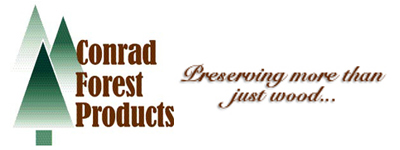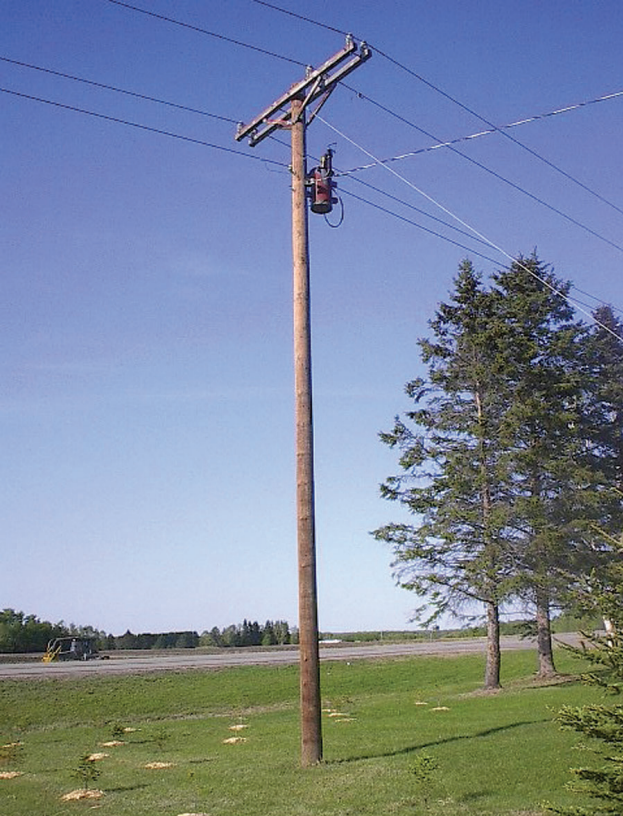Utility Poles

Copper Naphthenate Treatment for Utility Poles
- Manufacture & Properties of Copper Naphthenate (QNap)
- EPA Regulatory Status
- AWPA Standards
- Recent Efficacy/Performance Studies
- Pole Properties of Interest to Utilities
- Effect of Preservative Type and Gaff Style on Gaff Penetration into Wood Poles
- Treated Wood Pole Disposal
Why Copper Naphthenate
- Consumer pressure for a clean end products
- No listed carcinogens
- Non restricted use pesticide
- Works as well as alternatives
- Good waterproofing qualities, and non corrosive
Copper Naphthenate Basics
- Naphthenic acid is a natural component of petroleum, not a synthetic petrochemical
- Recovered for commercial uses; previously disposed of as waste - Copper used in QNap recovered from electronics waste
- QNap - a proven safe and effective preservative
- QNap-treated poles - properties advantageous to utilities
- A renewable natural material
- From a sustainable, managed source
- Treated with a non-restricted use preservative, manufactured domestically using reclaimed substances
- Options for uses after normal service life
Environmental Comparison Report
Read the Comparison of QNAP to Penta
Copper Napthanate wood can be recycled and repurposed at end of life per the EPA registered label, including as residential landscaping and mulch and as boiler fuel in any boiler, per EPA NHSM
In an age of increasing environmental awareness and regulatory pressure... What more could you ask for in a utility pole?

